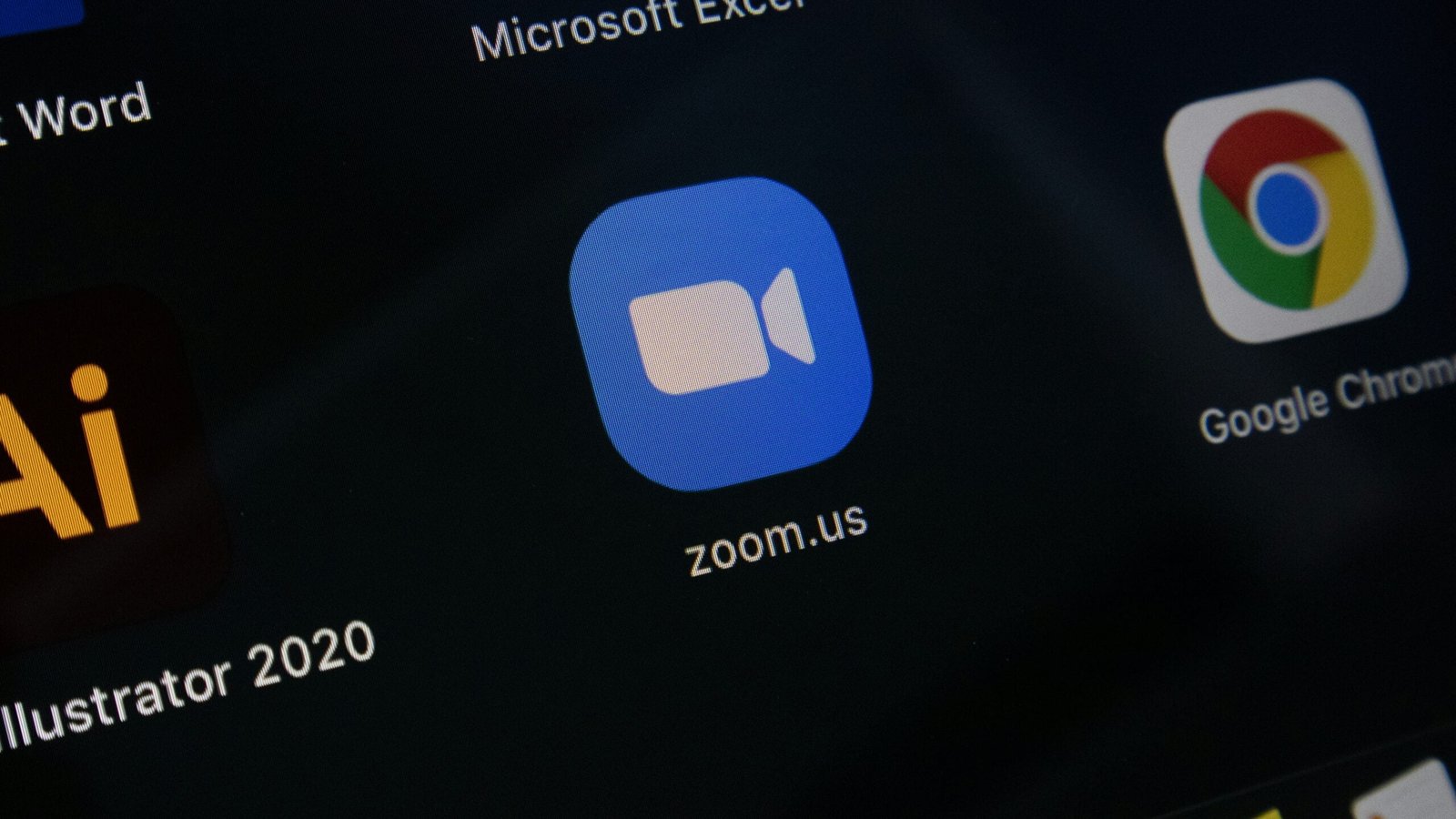Introduction to Remote Healthcare Jobs
The healthcare industry has witnessed a significant transformation over the past few decades, driven largely by technological advancements. Remote healthcare jobs, also known as telehealth or virtual healthcare roles, have gained prominence as technology enables medical professionals to offer services without the need for physical presence. Historically, healthcare delivery was confined to traditional settings like hospitals and clinics. However, with the advent of telemedicine, the scope has broadened, allowing for consultations, diagnostics, and even treatment to be administered remotely.
The initial emergence of remote healthcare was met with skepticism. Concerns ranged from the effectiveness of remote consultations compared to in-person visits to issues related to privacy and data security. However, the continuous refinement of telehealth technologies and stringent regulatory frameworks have addressed many of these apprehensions. Today, remote healthcare services leverage advanced tools such as video conferencing, secure messaging platforms, and remote monitoring devices to ensure comprehensive care.
The COVID-19 pandemic acted as a catalyst in the adoption of remote healthcare. Lockdowns and social distancing measures necessitated the minimization of physical interactions, prompting both healthcare providers and patients to turn to virtual healthcare solutions. This period saw an exponential increase in the utilization of telehealth services, highlighting their practicality and efficiency. As a result, what was once considered a supplementary approach has now become an integral part of the healthcare ecosystem.
The current landscape of remote healthcare is characterized by a growing acceptance and reliance on virtual healthcare services. Patients appreciate the convenience and accessibility it offers, especially in underserved or rural areas where medical facilities are scarce. Healthcare professionals, on the other hand, benefit from the flexibility and broader reach to provide care. This evolution signifies a paradigm shift in healthcare delivery, marking the rise of remote healthcare jobs as a sustainable and vital component of modern medical practice.
Types of Remote Healthcare Jobs
The landscape of healthcare has evolved significantly with the advent of remote healthcare, opening up a plethora of job opportunities that were previously unimaginable. Here, we explore the various types of remote healthcare jobs currently available, each playing a crucial role in delivering quality care from a distance.
Telehealth Doctors: Telehealth doctors provide medical consultations and follow-ups through virtual platforms. They diagnose illnesses, prescribe medications, and advise patients on treatment plans, much like they would in a traditional setting. Typically, these professionals need to hold a valid medical license and board certification in their specialty, along with experience in using telehealth technologies.
Remote Nurses: Remote nurses perform a variety of tasks including patient triage, health education, and follow-up care via phone or video calls. They may also assist in managing chronic conditions and provide support for patients undergoing treatment at home. Qualifications generally include an active nursing license, substantial clinical experience, and familiarity with telehealth systems.
Mental Health Counselors: Mental health counselors offer therapy and support to individuals facing mental health issues through virtual sessions. They conduct assessments, develop treatment plans, and provide ongoing therapy. Required credentials typically include a master’s degree in counseling or psychology, relevant certifications, and licensure depending on state regulations.
Medical Coders: Medical coders work behind the scenes to ensure that healthcare services are accurately coded for billing and reporting purposes. They translate medical records into standardized codes used by insurance companies and healthcare providers. Certification from recognized bodies such as the AAPC or AHIMA is often required, alongside proficiency in coding software.
Health IT Specialists: Health IT specialists manage and support the technology infrastructure that underpins virtual healthcare services. Their duties include maintaining electronic health records (EHR) systems, ensuring data security, and providing technical support to healthcare providers. These roles typically require a background in computer science or information technology, along with health IT-specific certifications.
Emerging job categories within the remote healthcare sector are also gaining traction. Roles such as virtual health coaches, telepharmacists, and remote clinical trial coordinators are becoming increasingly prevalent. These positions reflect the growing diversity and specialization within the field, driven by advancements in technology and the rising demand for accessible healthcare solutions.
Benefits and Challenges of Remote Healthcare Jobs
The advent of remote healthcare, also known as telehealth or virtual healthcare, has introduced numerous benefits that are reshaping the medical landscape. One of the primary advantages is the increased accessibility for patients. Telehealth enables individuals, particularly those in rural or underserved areas, to access healthcare services without the need for extensive travel. This democratization of healthcare ensures that more people receive timely medical attention.
For healthcare providers, remote healthcare jobs can significantly reduce overhead costs. By minimizing the need for physical office space and the associated utilities, providers can allocate resources more efficiently. Additionally, healthcare professionals benefit from flexible work environments, allowing them to deliver care from home or other convenient locations. This flexibility often translates into improved work-life balance, as practitioners can more easily manage their professional and personal responsibilities.
However, the transition to remote healthcare is not without its challenges. Technological barriers can pose significant obstacles. Both patients and providers must have access to reliable devices and high-speed internet connectivity to ensure effective communication and service delivery. Furthermore, data security concerns are paramount. Protecting sensitive patient information in a virtual setting requires robust cybersecurity measures and compliance with regulations such as the Health Insurance Portability and Accountability Act (HIPAA).
Another challenge is the potential for reduced patient-provider rapport. The physical presence of a healthcare professional can be a comforting factor for many patients, fostering trust and effective communication. In a virtual setting, this rapport may be harder to establish and maintain, which can impact the overall quality of care. Healthcare providers must, therefore, develop new strategies to build strong, empathetic connections with their patients remotely.
In conclusion, while remote healthcare offers significant benefits in terms of accessibility, cost reduction, and flexibility, it also presents challenges that need to be addressed. By understanding and navigating these complexities, the healthcare industry can continue to evolve and improve patient outcomes in a virtual environment.
Future Trends and Predictions in Remote Healthcare
The landscape of remote healthcare is poised for transformative changes, driven by advancements in telemedicine technology and the integration of artificial intelligence (AI) and machine learning (ML). These innovations are set to enhance the precision and efficiency of healthcare delivery, making remote healthcare an indispensable part of the medical sector.
Telemedicine technology is rapidly evolving, with improvements in video conferencing software, remote monitoring devices, and mobile health applications. These advancements enable healthcare providers to offer high-quality care to patients regardless of geographical barriers. As internet connectivity and digital literacy improve globally, the accessibility of virtual healthcare is expected to expand, bridging the gap between urban and rural healthcare services.
The role of AI and ML in remote healthcare cannot be overstated. These technologies are being used to develop sophisticated diagnostic tools capable of analyzing vast amounts of medical data to identify patterns and predict health outcomes. AI-powered chatbots and virtual assistants are streamlining administrative tasks and providing initial consultations, thereby reducing the burden on healthcare professionals and allowing them to focus on more complex cases.
One of the most promising areas in remote healthcare is the potential for remote surgeries. With the advent of robotic surgery systems and advancements in real-time data transmission, surgeons can perform operations from remote locations, providing access to specialized surgical care that was previously unattainable for many patients. Additionally, the development of advanced diagnostic tools, such as wearable sensors and remote imaging technologies, is expected to revolutionize patient monitoring and early disease detection.
Regulatory changes will play a crucial role in shaping the future of remote healthcare. Governments and healthcare organizations must collaborate to establish robust frameworks that ensure patient safety, data privacy, and the quality of care. Continuous education and training for healthcare professionals will be essential to keep pace with technological advancements and evolving regulatory requirements.
As the remote healthcare industry continues to evolve, new job roles are likely to emerge. Positions such as telehealth coordinators, remote patient monitoring specialists, and AI healthcare analysts will become increasingly important. These roles will require a blend of clinical knowledge and technical expertise, highlighting the need for interdisciplinary education and training programs.



